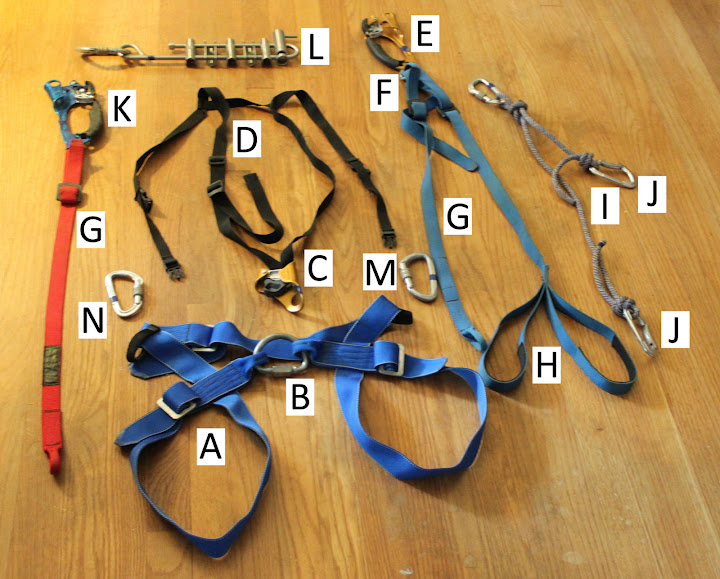
Contrary to my well-prepared friend, on marathon day, I run light... However, there are still some essential items I would not leave at home...
1.
Body Glide... I made the #1 mistake runner's can make on the day of my first marathon - I wore something new... due to a last minute issue with my running shorts, I was left to buy a new pair, and it didn't go well. The chafing on my legs was so terrible I had scars for 3 months, despite stopping at every first aid stand on the entire route for Vaseline. This was the single worst aspect of my first marathon. I now apply Body Glide before any run of 10+ miles, and carry the smallest size they sell, which about 1-1.5" inches in length, for any run of 15+ miles.
2. My
Gizmo pirate running socks... Available at every race expo I have ever attended, these socks are specially made for running and also make me feel like a bit of a badass. These socks are moisture-wicking coolmax, though not as technical as Dusty's socks, because I don't have extensive problems with blistering when I run (this has been primarily a hiking-related issue for me)... However, absolutely, under no circumstances do I recommend running any distance over 7 - 10 miles in cotton socks. I did that once and regretted it for a week. My feet were torn to shreds.
3. The sports bra/shelf bra tank combination, both in wicking fabrics. This is less specific in brand, but its benefit is twofold. First off, I need two bras to run 10 feet. Otherwise, it just hurts. I fail to see how any female who is a C cup or higher can run without two bras. Second, the space in between the sports bra and the shelf bra provides a nifty pocket where I can store gels, body glide, keys, Advil and mini camera. My brand recommendation for both bra and tank is
Champion C9, which can be purchased at Target. I recommend purchasing them tight for best results, particularly if you have more to hold in...
4. Advil. Advil and more Advil. I carry about 10 of these little orange life-savers in a little plastic baggie for any marathon or long run. I also take 2 before I start. Because long distance running hurts.
5. Snacks! Even if your body does not normally require a refueling every three to four hours, like mine, it will require at least a few snacks during a long run or marathon. While a race course will always provide plenty of water and generally 1-4 snacks, I still carry extra just in case. Jelly Belly Sports Beans, Power Bar Gel, Clif Shot Blocks and Gu are some of my main choices. I will carry one or two on a race (because some are provided), and up to four or five on a long run, depending on the distance. I also bring at least one packet of electrolyte mix which can be added to water if you feel drained or dehydrated.
6. A mini camera. Purchased at CVS for $10.00, my
mini digital camera (while the link is the exact camera I have, ignore the price on the link and go to CVS) is small enough to carry in my special "pocket", and I don't care if I break it, because, hey, it's a $10.00 camera... I have carried this camera on two past races and been satisfied with the results. Though the pictures are not of the most amazing quality, they far exceeded my expectations for the price and size of the camera...
I leave my water and Ipod at home for a race (which would
never happen on a long run), because I get my energy from crowd support and there are water stands every 1-2 miles in most races.
Basically, first time marathoners, you don't need an arsenal, but it does not hurt to be prepared. Your longer runs will give you an idea of what
you need, and you can check the information about what is offered on the course to figure out what you need to carry and what is already provided... Knowing what you need, and making sure you have it, can make that 13.1 or 26.2 feel like a jog in the park... A long, long,
long jog in the park...










